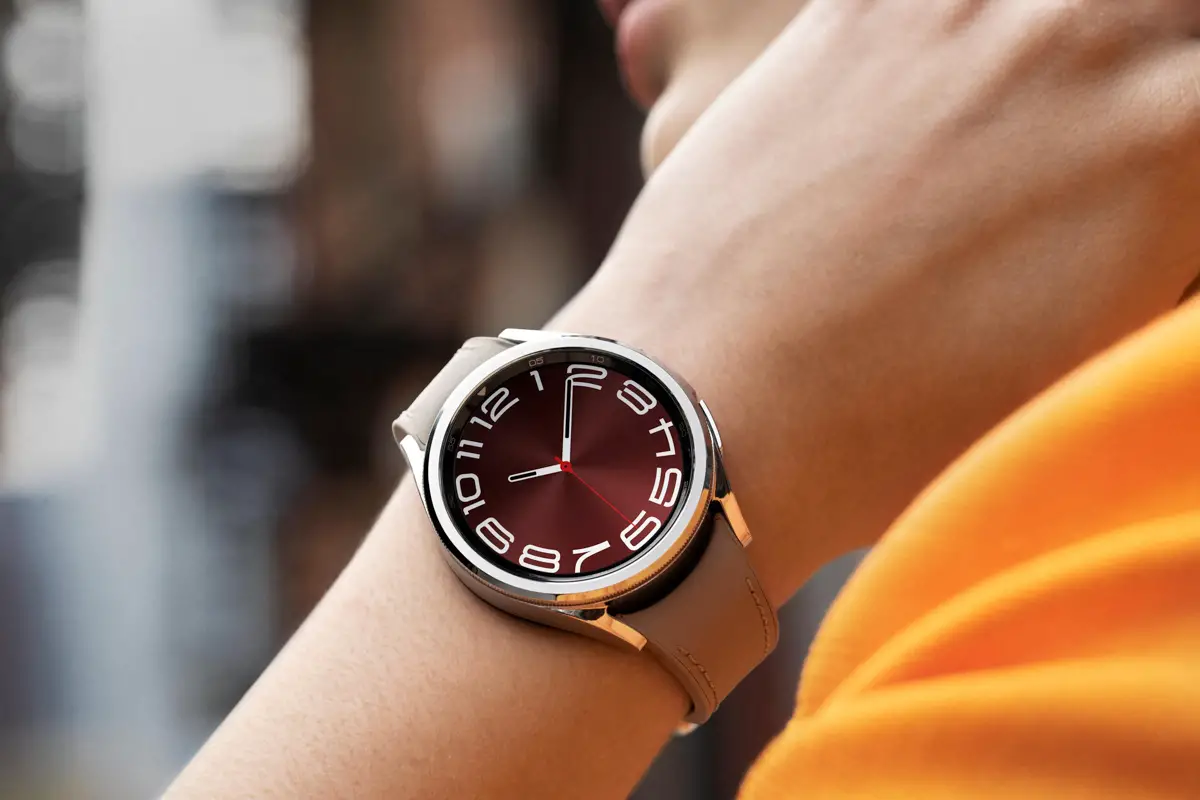Motorola's Razr Ultra 2025 Outshines Previous Models with Significant Upgrades

In the world of clamshell foldable smartphones, Motorola has made a remarkable impact, particularly with its latest offerings: the Razr Ultra 2025 and Razr Plus 2025. While there is ongoing debate among consumers about whether the Razr Ultra 2025 or the Galaxy Z Flip 6 reigns supreme, its important to recognize that Motorola has been a pioneering force in the foldable segment. The company has been instrumental in pushing the boundaries of flip-style smartphones by introducing innovative features like larger cover screens and more adaptable software interfaces.
Despite this, Samsung has managed to create a reputation for superior build quality in its Galaxy Z Flip series. This is a significant factor that has contributed to the positive reception of the Galaxy Z Flip products, setting a high bar for competitors like Motorola. Reflecting on my personal experience with the Motorola Razr Plus 2023, which I purchased independently, I found that its design came up short. The devices fragile hinge and noticeable instability made it feel less like a contender in the premium smartphone market and more like a toy designed for children.
Fast forward two years, and the arrival of the Motorola Razr Ultra 2025 and Razr Plus 2025 has transformed the narrative. In a surprising twist, even the base-model Razr 2025 surpasses my previous Razr Plus 2023 in performance. This stark advancement serves as a clear testament to Motorolas progression in the foldable smartphone arena.
When Motorola first unveiled its basic Razr model, it was essentially a stripped-down version of the Plus variant, featuring a cover screen that lacked significant utility and limited overall capabilities. Over the years, however, the company has made a concerted effort to integrate "Plus" features into its standard Razr lineup, and the results are impressive. The Razr 2025, priced at $699, is designed to outperform a Razr Plus 2023 that was originally priced at $1,000 just a couple of years ago.
One of the primary areas of improvement lies in what many would refer to as the intangibles: factors like build quality, durability, and overall user experience. The Razr Plus 2023 struggled significantly in these areas, ultimately rendering it unusable as a daily device. Fortunately, the Razr 2025 has made substantial strides in these respects.
Notably, Motorola has revamped the hinge quality for this years models, reinforcing it with titanium instead of the stainless steel used in previous iterations. Although I have not personally tested the Razr 2025 yet, feedback from colleagues indicates that the hinge on both the 2024 and especially the 2025 models is noticeably sturdier and offers a more satisfying tactile experience, even if it still doesnt quite match Samsung's standards. Additionally, the Razr 2025 boasts an IP48 certification, providing much-needed dust resistancea feature that was glaringly absent in earlier models.
As an early adopter who had previously encountered disappointing build quality with the Motorola Plus 2023, these enhancements in the Razr 2025 have piqued my interest in upgrading. Beyond the hinge improvements, there are many more features worth highlighting. The new 4,500mAh battery capacity is particularly impressive, significantly surpassing the 3,800mAh battery found in my Razr Plus 2023. It's even more powerful than whats offered in both the Razr Plus 2024 and 2025 models.
In real-world usage, this enhanced battery capacity should enable the Razr 2025 to last throughout an entire day, while the upgrade to 15W wireless charging from the previous 5W on the Razr Plus 2023 ensures quicker power-ups.
A further improvement comes in the form of the primary camera, which has been upgraded to a 50MP, f/1.7 lens. This new sensor is set to vastly outperform the outdated 12MP primary sensor found in the Razr Plus 2023.
Its natural to wonder if its truly surprising that the Razr 2025 has left the Razr Plus 2023 in the dust when it comes to features and overall value. After all, the Razr Plus 2023 is nearing two years old. However, it is indeed surprising, especially when we consider the current landscape of budget smartphones from other major brands. For instance, Apples recent iPhone SE has received criticism for lacking essential features like MagSafe compatibility, and Samsung's Galaxy A56 has also been described as underwhelming.
Generally, smartphone manufacturers are slow to enhance their mid-range and base models, often opting to focus on flagship devices instead. It takes a company like Motorola, which is eager to capture a larger market share, to implement such significant advancements. Its nothing short of impressive that a $699 foldable smartphone released in 2025 can outperform a flagship foldable model that is merely two years old.
As someone who was initially excited about the Motorola Razr Plus 2023 but ultimately disappointed by its execution, I find myself compelled to consider upgrading to the Razr 2025 series. While it can be tempting to seek the latest and greatest models, my intuition is pointing me towards the base Razr 2025 instead of the Plus or Ultra variants. Given that the base model is such a substantial upgrade over my previous Razr, it raises the question: why wouldnt I make the switch?














